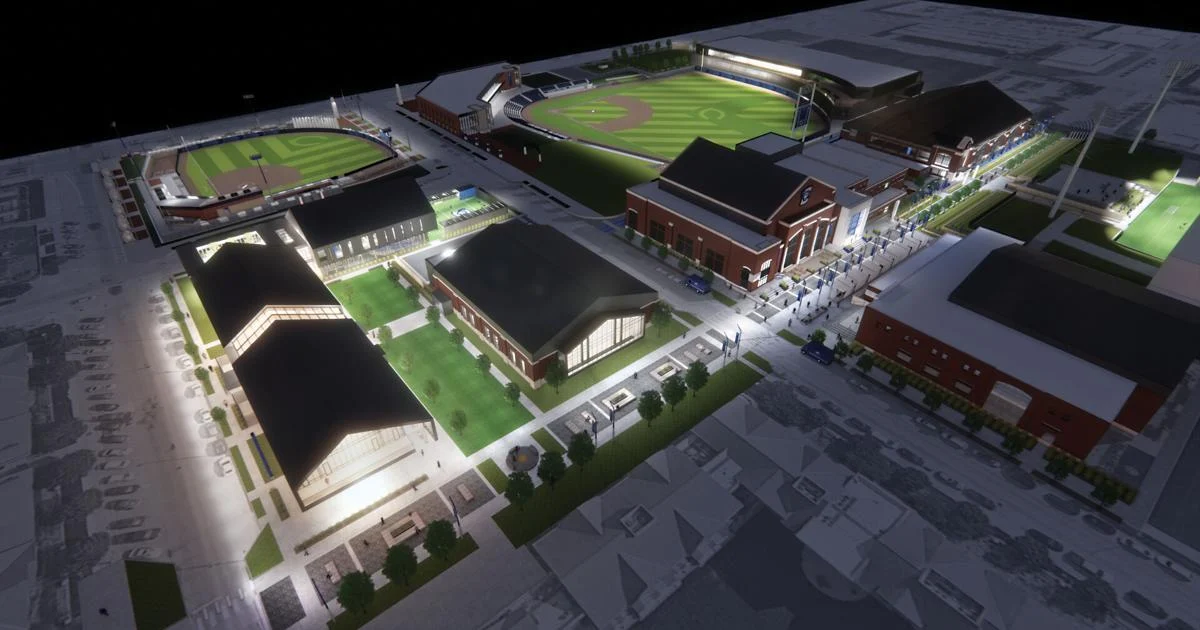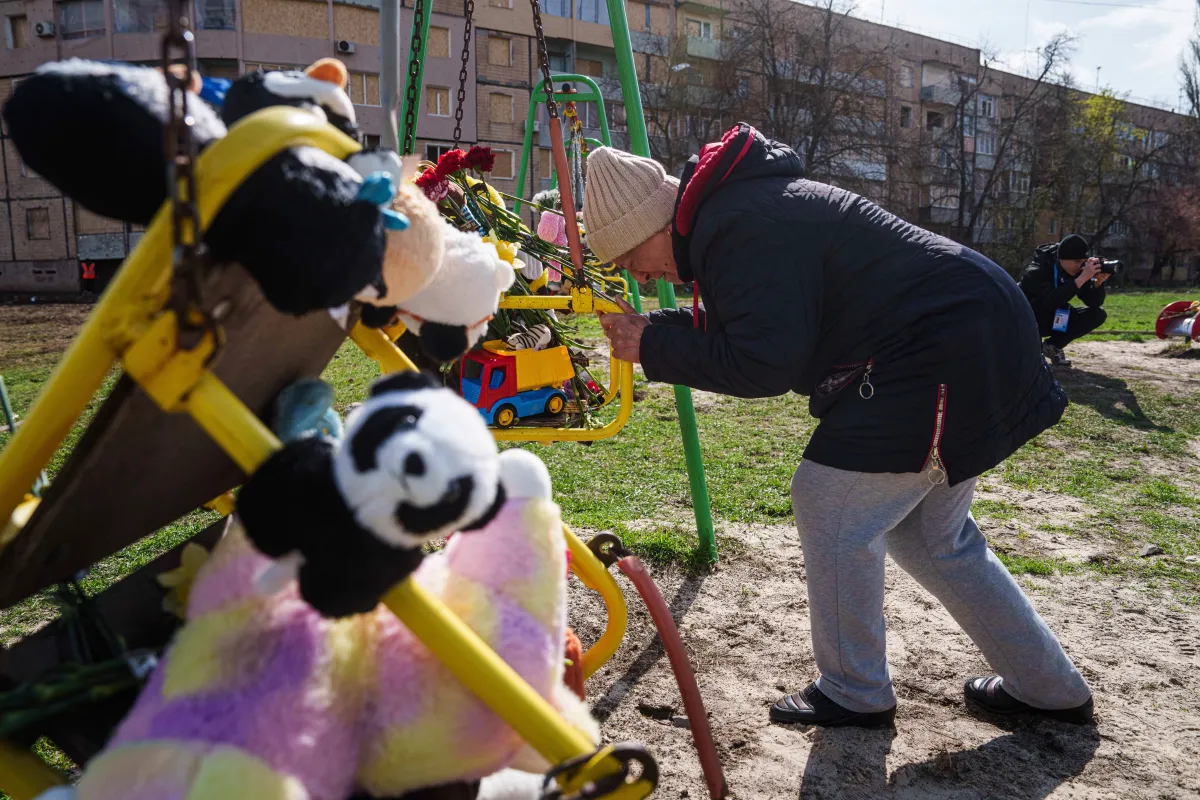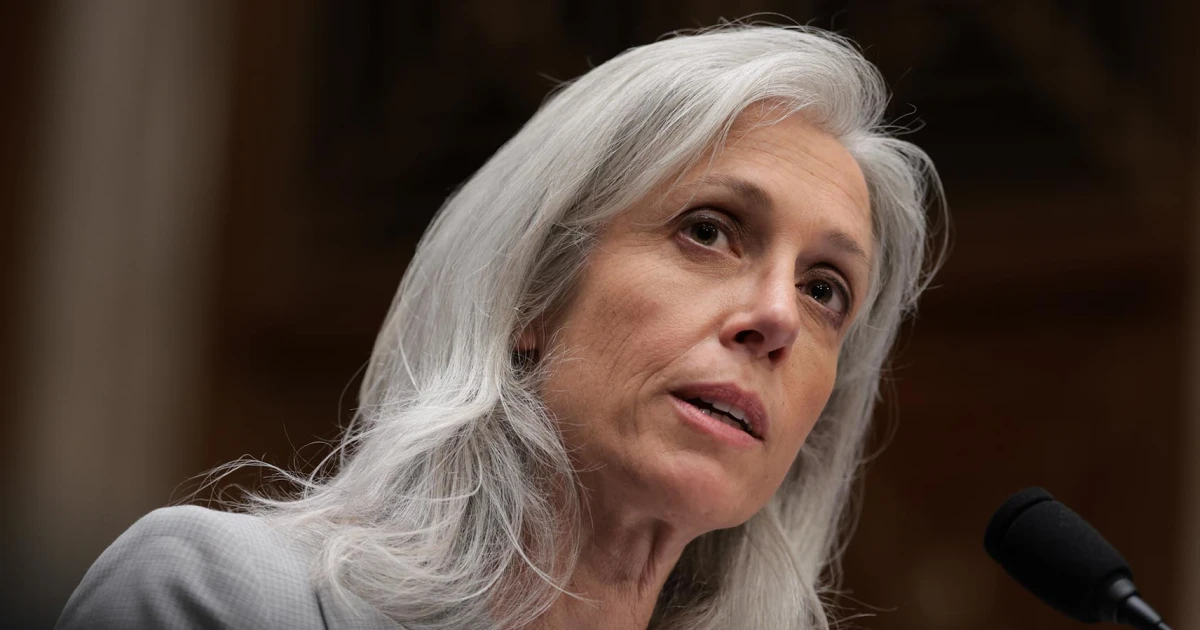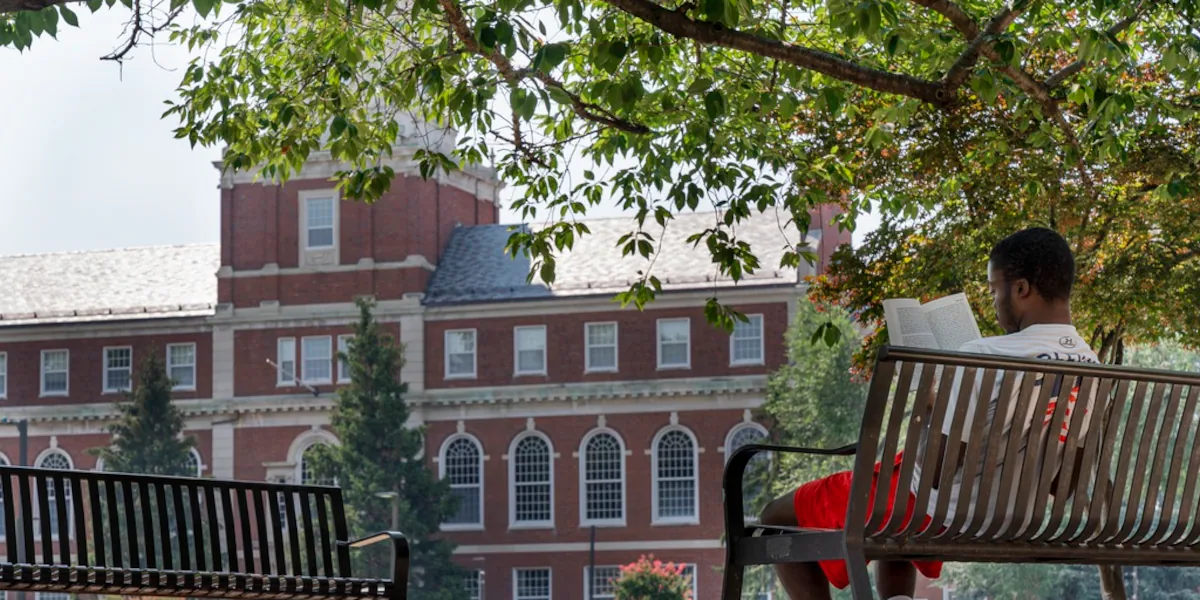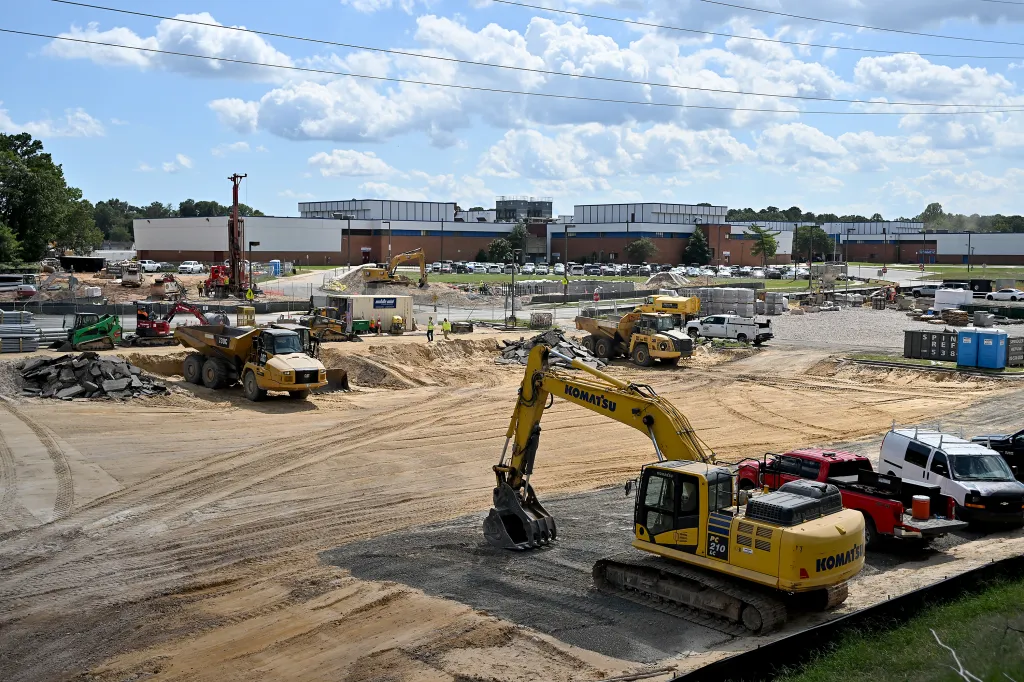
The vast majority of Maryland school facilities are in need of repairs or are “functionally unreliable,” amid skyrocketing construction costs, according to a new report from the state’s comptroller.
“This report should be a wake-up call,” Comptroller Brooke Lierman said in a statement. She added the report “highlights the urgent need to prioritize a state of good repair for Maryland schools … Investing in school buildings is essential to help young people and our communities thrive.”
More than 1,000 of the state’s 1,361 schools require repairs, renovation or replacement, the comptroller’s office said, citing an assessment by the Interagency Commission on School Construction (IAC). The assessment found 80% of school buildings are in need of repairs or are “functionally unreliable,” while 20% are in “like new,” “good” or “satisfactory” condition.
Meanwhile, the costs of construction have skyrocketed in the past five years — up 42% since 2019, according to the report. It costs an average of $1 million to construct a new classroom, or around $600 per new square foot, compared with $392 per new square foot in 2020.
Around three-quarters of capital costs for school facilities fall on local governments, “creating disparities in school quality based on local wealth, tax effort, and tax capacity,” Lierman’s office said, adding that this is also the case nationally.
Lierman also noted state funding for the Capital Improvement Program, around $300 million per year, has failed to keep up with inflation and other rising costs.
House Minority Leader Jason Buckel, a Republican representing Allegany County, criticized Maryland’s Democratic leadership regarding the facility problems and highlighted the state’s massive increase in public education spending in recent years.
“There is no question that new school construction and renovating existing buildings is needed in many counties—but if the plan is to push more tax raises and create new ‘streams of revenue’ to pay for it instead of prioritizing our spending and trimming back the waste and initiatives that don’t result in better educations for our kids, that’s not right,” Buckel said.
Sen. Mary Washington, a Democrat representing Baltimore City and Baltimore County who chairs the education subcommittee, said Democrats have been investing in school facilities for many years through the 21st Century School Buildings program.
“If it were not for the 21st Century School Buildings program, started under the last Democratic governor, nearly 100% of the schools would be in this condition,” Washington said. She added that Baltimore City isn’t on the list of five schools with the worst scores because of the program.
Worst scores in western Maryland, Eastern Shore
The counties with the worst average facility scores were Kent, Garrett, Allegany, Washington and Cecil counties, located in western Maryland and the Eastern Shore, according to the comptroller’s report.
Mary McComas, superintendent of Kent County Public Schools (KCPS), said the report “highlights the dysfunction of the current wealth formula for counties, such as Kent, that have declining enrollment paired with low tax capacity.”
“It has been difficult for Kent County to understand the logic behind this formula for many years,” she said in an email. “We strongly believe it needs to be deeply looked at and revised to better reflect the reality of the LEA’s students and families of the school population in the county, not the view of all residents in the county in totality.”
McComas added that the IAC’s facility scores are based on “the age of the building systems that are in operation, not the effectiveness of the functionality of those systems.”
“More specifically, KCPS is one of the worst due to the age of our facilities and their systems, not due to the upkeep and maintenance of these systems and our facilities’ condition as a whole,” she said.
She added that every KCPS building is due for a replacement, according to the IAC’s calculation of “useful life,” but “due to declining enrollment over the last decade, funding has continually decreased, leaving KCPS in a vulnerable position in each school building.”
Jennifer Shaw, a spokesperson for Cecil County schools, said the county recognizes the “system-wide challenges” with school buildings.
“We have been proactive in addressing our capital needs and deferred maintenance concerns to improve the state of our facilities,” Shaw said in an email. “We are committed to ensuring our students have safe and modern learning environments.”
